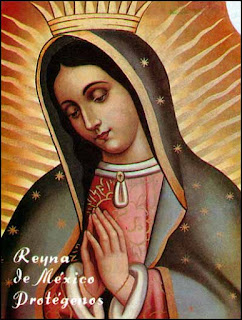
As a student at SVA, Haring experimented with various mediums – performance, video, installation and collage, while maintaining as strong commitment to drawing. In 1980, Haring found a highly effective medium that allowed him to communicate with the wider audience he desired, when he noticed the unused advertising panels covered with matte black paper in a subway station.
“One day, riding the subway, I saw this empty black panel where an advertisement was supposed to go. I immediately realized that this was the perfect place to draw. I went back above ground to a card shop and bought a box of white chalk, went back down and did a drawing on it. It was perfect – soft black paper; chalk drew on it really easily.”
“I kept seeing more and more of these black spaces, and I drew on them whenever I saw one. Because they were so fragile, people left them alone and respected them; they didn’t rub them out or try to mess them up. It gave them this other power. It was this chalk-white fragile thing in the middle of all this power and tension and violence that the subway was. People were completely enthralled."
 "I was always totally amazed that the people I would meet while I was doing them were really, really concerned with what they meant. The first thing anyone asked me, no matter how old, no matter who they were, was ‘what does it mean?’”
"I was always totally amazed that the people I would meet while I was doing them were really, really concerned with what they meant. The first thing anyone asked me, no matter how old, no matter who they were, was ‘what does it mean?’”
"The context of where you do something is going to have an effect. The subway drawings were, as much as they were drawings, performances. It was where I learned how to draw in public. You draw in front of people. For me it was a whole sort of philosophical and sociological experiment. When I drew, I drew in the daytime, which meant there were always people watching. There were always confrontations, whether it was with people that were interested in looking at it, or people that wanted to tell you you shouldn’t be drawing there…”
“I was learning, watching people’s reactions and interactions with the drawings and with me and looking at it as a phenomenon. Having this incredible feedback from people, which is one of the main things that kept me going so long, was the participation of the people that were watching me and the kinds of comments and questions and observations that were coming from every range of person you could imagine, from little kids to old ladies, or art historians.” ~Keith Haring
Between 1980 and 1985, Haring produced hundreds of these public drawings, sometimes creating as many as forty “subway drawings in one day.

During 1980 and 1989, Haring achieved international recognition and participated in numerous group and solo exhibitions. Haring completed numerous public projects in the first half of the 80s as well, ranging from animation for the
Spectacolor billboard in Times Square, designing sets and backdrops for theaters and clubs, and creating murals worldwide.

In 1986, Haring opened the
Pop Shop, a retail store in Soho selling merchandise bearing his images. Haring considered the shop to be an extension of his work and painted the entire interior of the store in an abstract black on white mural. The shop was intended to allow people greater access to his work at a low cost. The shop was criticized from many in the art world for its commercialism. However, Haring remained committed to his desire to make his artwork available to as wide an audience as possible, and received strong support for his project from friends, fans, and mentors, including Andy Warhol.
Throughout his career, Haring devoted most of his time to public works, which often carried social messages. He produced more than 50 public artworks between 1982 and 1989, in cities around the world, many of which were created for charities, hospitals, children’s day care centers and orphanages.
The Crack is Wack mural of 1986 has become a landmark in New York. Other projects include;

a mural created for the 100th anniversary of the Statue of Liberty in 1986, on which Haring worked with 900 children;
a mural on the exterior of Necker Children’s Hospital in Paris, France in 1987;
and a mural painted on the western side of the Berlin Wall three years before its fall. Haring also held drawing workshops for children in schools and museums in New York, Amsterdam, London, Tokyo, and Bordeaux, and produced imagery for many literacy programs and other public service campaigns.
The last public project he ever did, called the Tuttomondo (in Pisa).



















